-
Published4 hours ago
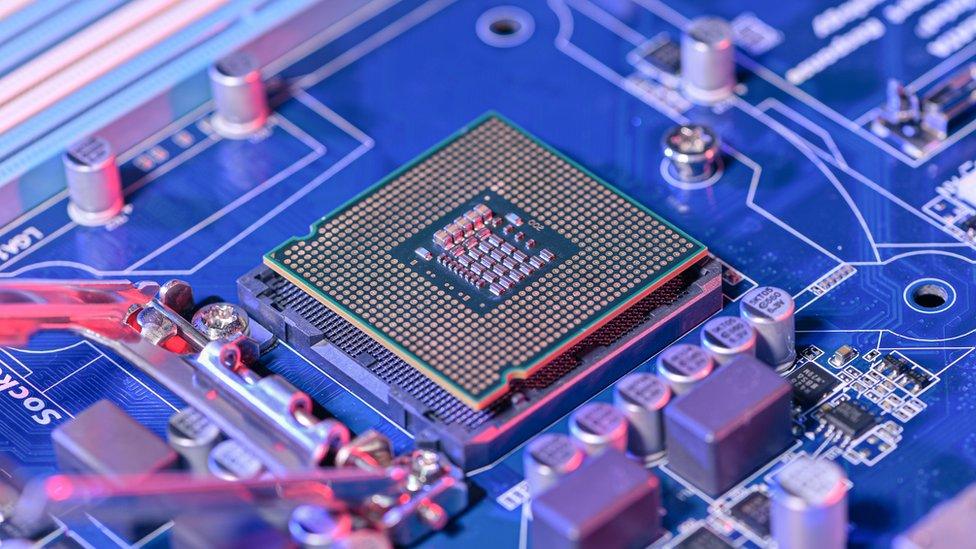 Image source, Getty Images
Image source, Getty ImagesPresident Donald Trump is expected to unveil more sweeping tariffs on US imports – this time targeting semiconductors.
The tiny chips powering billions of electronic devices are central to the global economy.
What is a semiconductor and how are they used?
Semiconductors, also sometimes referred to as microchips or integrated circuits, are made from tiny fragments of raw materials, such as silicon.
They are altered through a process called doping in order to sometimes conduct electricity and sometimes not. This allows them to be used as electronic switches, speaking the binary language of 0s and 1s that underpins computing.
Semiconductors are used in devices such as smartphones and laptops, as well as in vehicles with electronic control systems, remote car keys and sensors.
They are also in routers, switches, and communication infrastructures that form the backbone of the internet, enabling global connectivity.
When it comes to sustainability, they can be found in wind turbines and solar farms.
In healthcare, they are in medical devices and equipment as well as implantable technology, like pacemakers and insulin pumps.
Who makes them?
The UK, the US, Europe and China rely heavily on Taiwan for semiconductors.
The country’s Taiwan Semiconductor Manufacturing Company (TSMC) provides over half of the world’s supply.
Among its customers are tech giants such as Nvidia, Apple and Microsoft.
As a result, TSMC has been caught up in so-called “chip wars” between the US and China.
Samsung in South Korea is next biggest supplier.
Why does Trump want tariffs on semiconductors?
One of the main aims of President Trump’s “reciprocal” tariffs introduced in his second term has been to encourage firms to manufacture more products in the US.
On Friday, the White House exempted smartphones, computers and some other electronic devices from tariffs, including the 125% levies imposed on Chinese imports.
But that may be set to change, as Trump told reporters on Air Force One he would soon be announcing tariff rates for imported semiconductors.
“We want to make our chips and semiconductors and other things in our country,” he said.
The president and members of his administration have also cited national security concerns about microchips being produced or sourced from elsewhere – saying this would be explored in an upcoming probe.
“We are taking a look at semiconductors and the whole electronics supply chain in the upcoming National Security Tariff Investigations,” Trump wrote on his platform Truth Social, external on 13 April.
He added that the US would not be “held hostage” by other countries such as China.
How could the US make more semiconductors?
The US has spent colossal sums of money in recent years to try and boost technology manufacturing on its shores.
Some companies, such as TSMC, have already boosted their US presence in response to previous legislation under the previous administration.
The US Chips Act incentivised firms to move chips manufacturing in the US in return for funding awards.
The US government committed $6.6bn (£5bn) in awards to TSMC after it built a factory in Arizona.
But production at the site has previously faced delays due to a shortage of skilled workers – something that may present a wider challenge to increasing US-based semiconductor manufacturing.
TSMC reportedly only resolved its staff shortage by bringing thousands of workers over from Taiwan, external.
-
-
Published26 July 2023
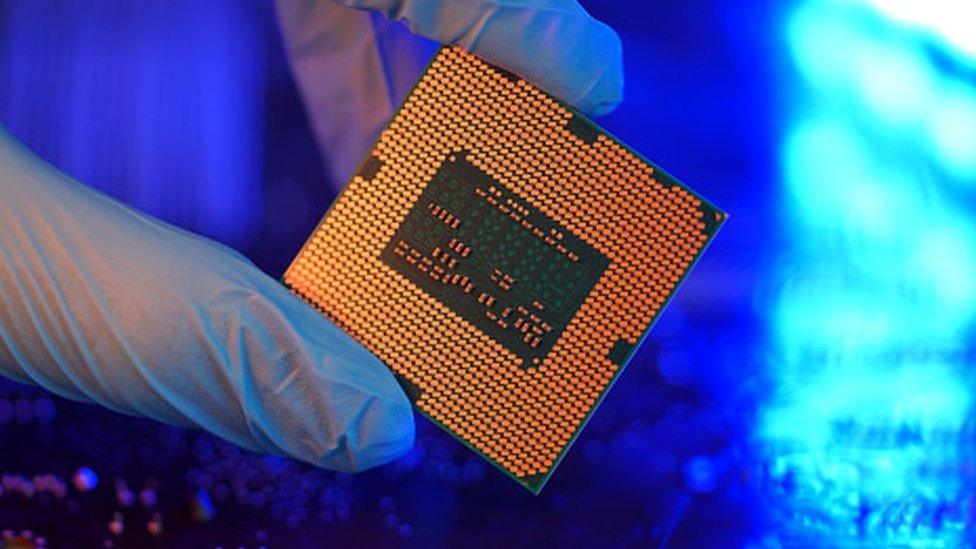
-
-
-
Published13 January 2023
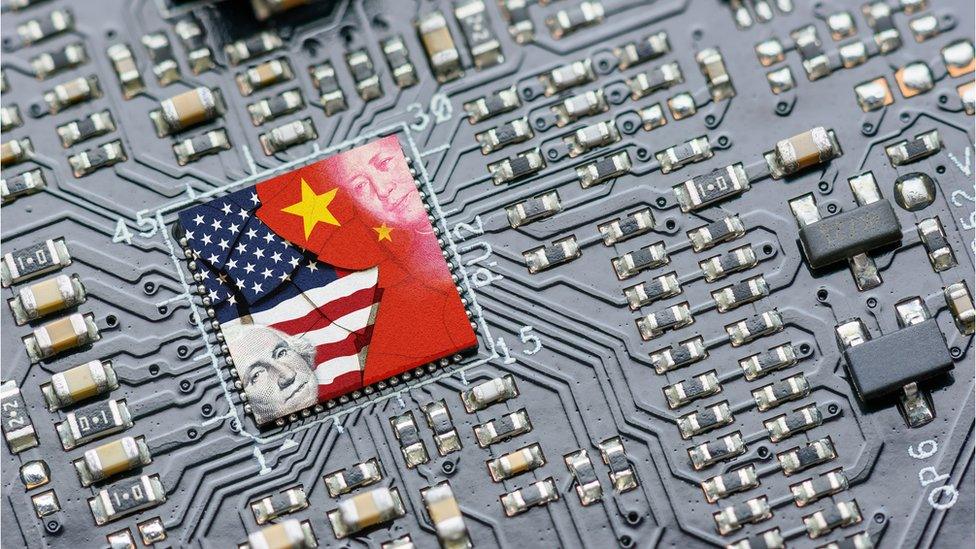
-
-
-
Published24 May 2023
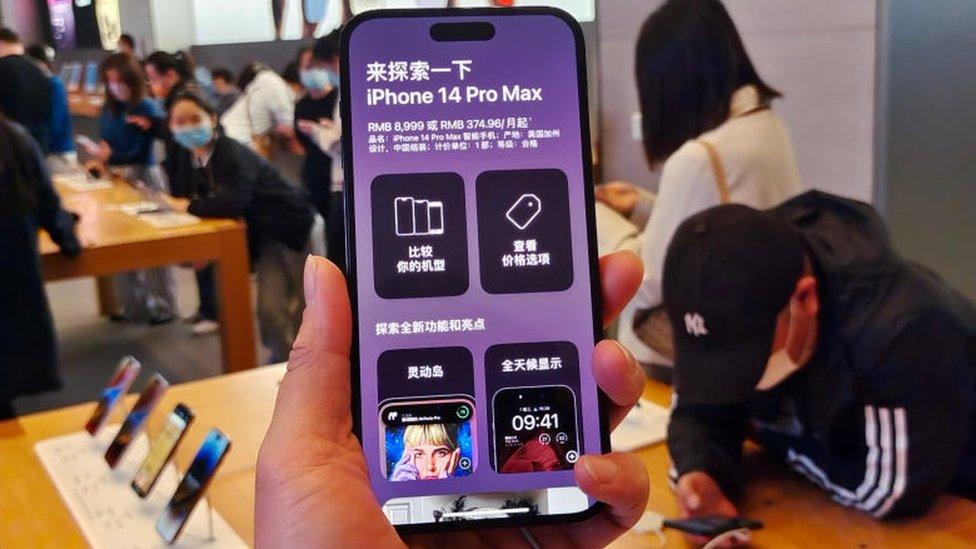
-
-
-
Published9 March 2023
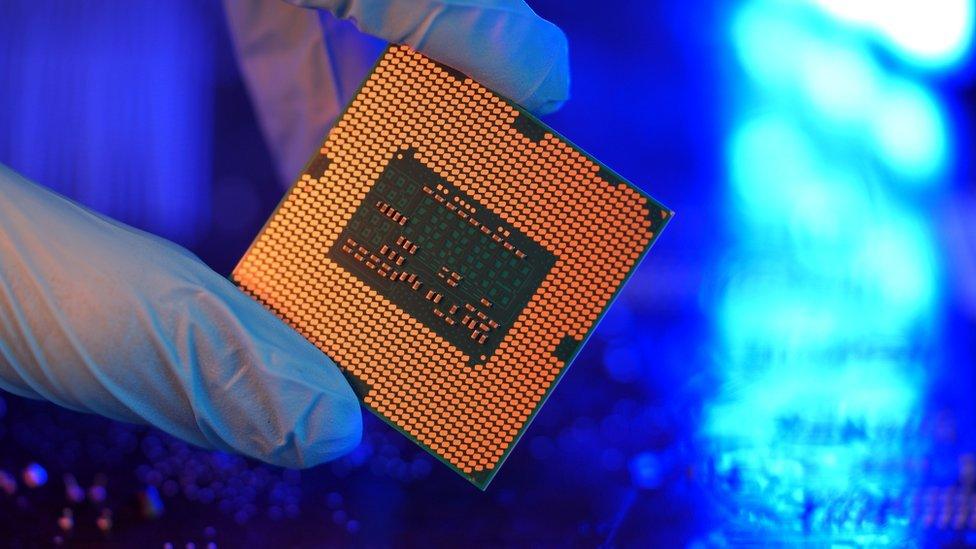
-








